Corrosion is a natural process that occurs when the steel rebar within reinforced concrete structures rusts. In scientific terms, concrete corrosion is the “destruction of metal by chemical, electrochemical, and electrolytic reactions within its environment.” It typically forms as the concrete ages. In this blog, we will discuss the reasons why steel corrosion in concrete is a problem, how to assess reinforcement corrosion, and NDT devices for concrete corrosion monitoring.
Explore 12 Futuristic Technology Trends Solving Concrete's Biggest Challenges.
Why Is Concrete Corrosion a Problem?
Corrosion is initiated when materials that are harmful to steel, such as CO2 and chloride from de-icing salt, start to penetrate concrete and reach the structure’s steel reinforcement. As an electrochemical reaction, electrons migrate from the anodic zone to the cathodic zone. They release ferrous ions at the anode and hydroxide ions at the cathode. This will eventually lead to a potential difference between the anodic and cathodic areas on the surface of the steel reinforcement. In turn, this process creates rust.
Since rust occupies a larger volume than steel, it exerts internal pressure which causes the surrounding concrete to crack and become damaged. These cracks make their way to the surface of the concrete which causes even more CO2 and chloride to penetrate the concrete. This speeds up the process of corrosion. Chloride-initiated reinforcement corrosion damages structures like bridges and parking structures. Likewise, structures that are near water, such as piers, dams, docks, and harbours.
Corrosion is responsible for up to 90% of damage to reinforced concrete structures.
-Ueli Angst, Professor, Institute for Building Materials
The Cost of Concrete Corrosion
Reinforced concrete structures should go through testing regularly to detect and prevent corrosion. As these structures get older, the risk of corrosion in reinforcing steel continues to increase. This is especially important since a large number of structures were built using reinforced concrete between the 1950s and 1970s, especially bridges.
In North America, the average age of the continent’s 607,380 bridges currently in operation is 42 years old. And some of these structures are as old as 80 years. Additionally, one in nine of these bridges is structurally deficient and nearing the end of its initial service life (ASCE). Therefore, these structures require more frequent testing and repairs to eliminate damage and slow down the corrosion process.
Since concrete is the most widely used manufactured material globally, the industrialized world faces billions of dollars in concrete testing and repair costs. This is essential in order to keep structures sound and functional. In Switzerland alone, the annual cost of repairs can amount to between $6.6-$26.3 billion CAD. When taking this information into consideration, it is extremely important to accurately assess the condition of reinforced concrete structures in order to decide if repairs are required immediately.
Assessing Corrosion in Steel Reinforced Concrete Structures
The extraction of concrete samples is a key process in the condition assessment of reinforced concrete structures. The typical sample size taken from concrete structures for laboratory testing is about 5 to 20 centimeters. Recent studies have shown that these sample sizes are ideal for handling in the laboratory. However, they often show higher concentrations of corrosive chloride than larger specimens and may provide inaccurate results.
According to Angst, only larger specimens of about one meter in length present an accurate assessment of the condition of the reinforced concrete. However, it is less practical to work with these larger samples. This makes proper testing more difficult and more expensive. Not to mention the level of destruction to the body of concrete.
Scientists believe switching to expensive high-alloy steel is the only way to prevent corrosion damage entirely. Unfortunately, high-alloy steel costs nearly ten times more than traditional reinforcing steel and would increase the initial production costs of a project. On the bright side, it reduces the costs associated with regular inspections and repairs in the long run. This makes it a cheaper and more durable alternative.
New Steel Corrosion Detection Technology
Although high-alloy steel is a great way to prevent corrosion damage, common reinforcing steel is more realistic for budgets. It is already present in the majority of today’s reinforced concrete structures. For this reason, we focus on the repair of rebars. As buildings age and concrete corrodes, engineers keep searching for cheaper, more effective ways to test for corrosion. New non-destructive testing methods and technologies can help deliver more accurate results and cut down on costs associated with other concrete corrosion monitoring and detection methods.
In 2017 alone, two additional systems came to the market. One of them goes on a small skid-steer robot. The other goes in a cart that can be towed along a roadway. Both of these corrosion detection systems make use of machine learning technology. They also do not require any sort of destructive intervention to gather results. The one that goes on the robot system utilizes ground-penetrating radar and electrical resistivity sensors to locate any corrosion of steel or deteriorating concrete in bridges and structures. It is also fully autonomous, faster and more accurate than human inspectors.
Jinying Zhu, Assistant Professor of Civil Engineering at the University of Nebraska-Lincoln, has designed a system to detect defects in concrete bridge decks. Her approach is an early-warning system for bridges based on acoustics. It has proven to be a more accurate alternative to other methods of identifying delamination. Gradual separation of concrete layers can affect the structural integrity of a bridge or structure and can be caused by rebar corrosion. Her system also delivers much faster results than conventional testing methods. This allows people to find delamination in a timely manner, making the necessary repairs before the damage becomes too significant.
iCOR®: Non-destructive Concrete Corrosion Monitoring
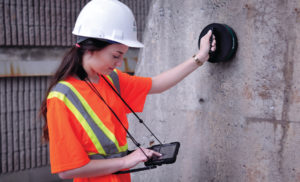
For this reason, the iCOR® is the most convenient corrosion rate measurement device in the field and offers an innovative research tool for laboratory studies as well. It gives engineers a comprehensive understanding of concrete quality and the level of corrosion. Ultimately, it allows them to make faster, more informed decisions when it comes to rehabilitation and repair.
Editor’s Note: This post was originally published in June 2018 and has been updated for accuracy and comprehensiveness in June 2023.
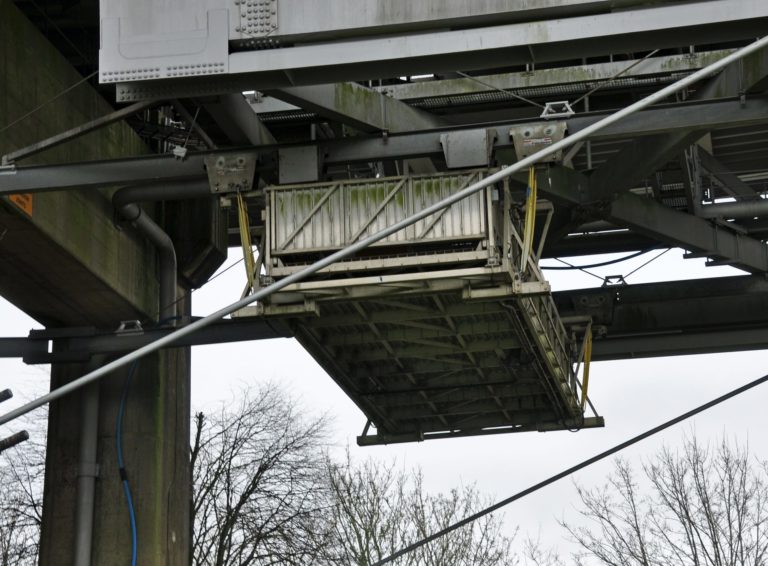
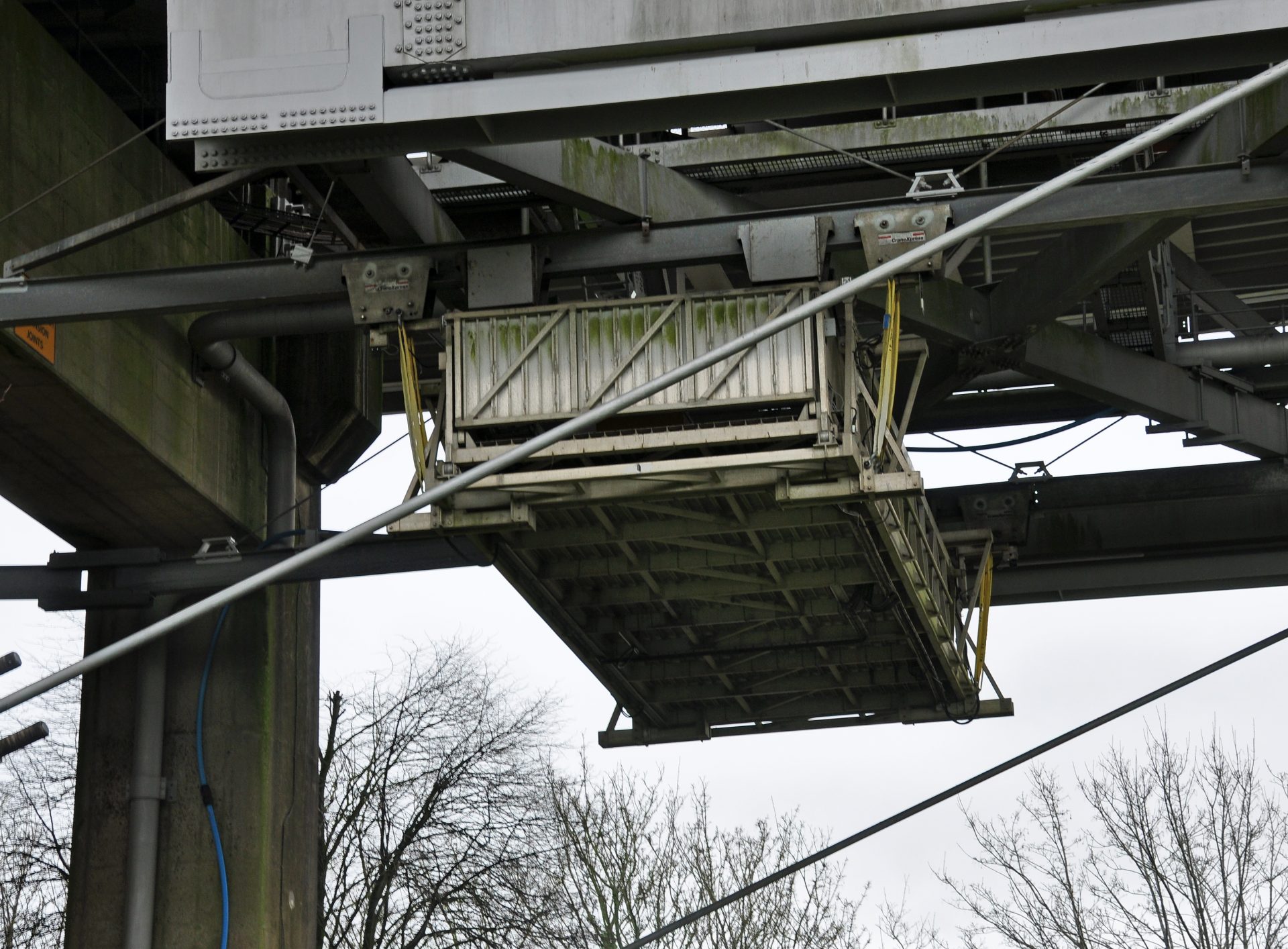
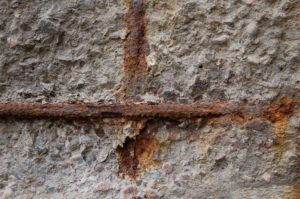
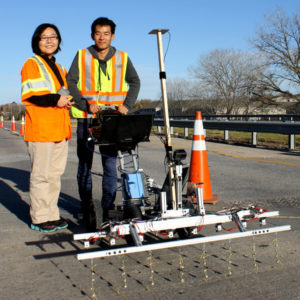







2 Responses
i am interested to know about the instrument and availablity in india
Hi Sanheej, kindly visit this link to request more information about the sensor, you will be then contacted by our partner in India for availability and details: https://info.giatecscientific.com/giatec-smartrock